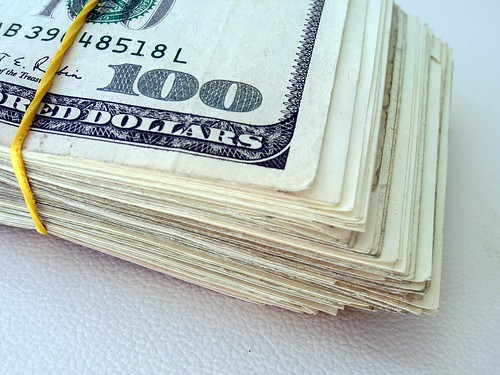Secured vs. Unsecured Financing-
When you need a large loan, you may be offered secured financing. There are many advantages to choosing a secured loan including better rates and lower credit standards. However, there are also risks associated with these loans. Here is what you should know about each option and how they can benefit you.
No Collateral, More Risk for the Bank
When the loan is secured by nothing more than your word, the bank is assuming a great deal of risk. They have no property to foreclose on and sell if you default on the loan, so they stand to lose the full amount. They will mitigate their risk by maintaining higher lending standards and asking for higher interest rates. However, this is your only option if you have nothing of great value to use as collateral. It’s also the right choice if you aren’t willing to take a chance on losing your home, cars or other valuables if you are unable to make the payments.
Secured Financing Improves Terms of Loan
The lender is willing to use your valuables as collateral, but you must have equity in them for it to be worth their time. If you owe as much on your home as it’s worth, then it cannot be used as collateral for another home. On the other hand, you can get a loan using your car as collateral if the car is paid in full and still worth thousands of dollars. The bank will look at your loan to value ratio (LVR) when determining your interest rate. The less money you borrow against available equity, the more attractive your terms will be. (The following video explains Loan to value Ratio.)
Secured Financing = More Attractive Repayment Periods
When you get an unsecured loan, the bank will be anxious to start making their money back. They will offer shorter repayment periods with larger payments. However, you can stretch out the repayment period and lower your monthly bill when you choose a secured financing. When the financial institution knows that they can reclaim valuable property to cover the cost of the loan, they are more willing to provide you with favorable terms.
The Risk of Secured vs. Unsecured Loans

The big risk with secured loans is that you stand to lose the asset. If you take a loan against your house to consolidate credit card bills, you are at risk of losing your home if you cannot make the Mortgage payments. This is why it’s rarely wise to take a secured loan using your private property as collateral. The payments may look attractive, but if your income drops and you cannot make the payments, the lender will seize your property and you will have nothing left.
It’s natural to get secured financing when you make a large purchase for a home or car. Beyond that, secured loans are best avoided. The risk of losing your property will quickly outweigh the attractive interest rates and repayment terms. If you do have to take a secured loan to borrow a large amount, be sure that you will be able to make those payments. If you have any doubt about your ability to comfortably repay the new loan, then you should find another solution.
See Also:
3 Tips for Saving Money on Your First Mortgage
Your Guide to Home Loan Refinancing | How Much House Can You Buy?
Short Term Loan vs. Long Term Loan – Which One to Choose?
What is Peer-to-Peer Lending? | Which Type of Loan is Best?
Mortgage Protection Insurance vs Private Mortgage Insurance?
Most Unusual Reasons for Applying for a Loan
Should I Roll My Mortgage Insurance Premiums Into the Loan?
Differences Between Pre-Qualified and Pre-Approved For a Home Loan
Is it a Good Time to Buy REITS? | Using the MIP to Decide- When to Refinance
Low Mortgage Rates – Reduce Your Payment or the Length of the Loan?

Pingback: Aussie Credit Card Reforms | InflationData.com